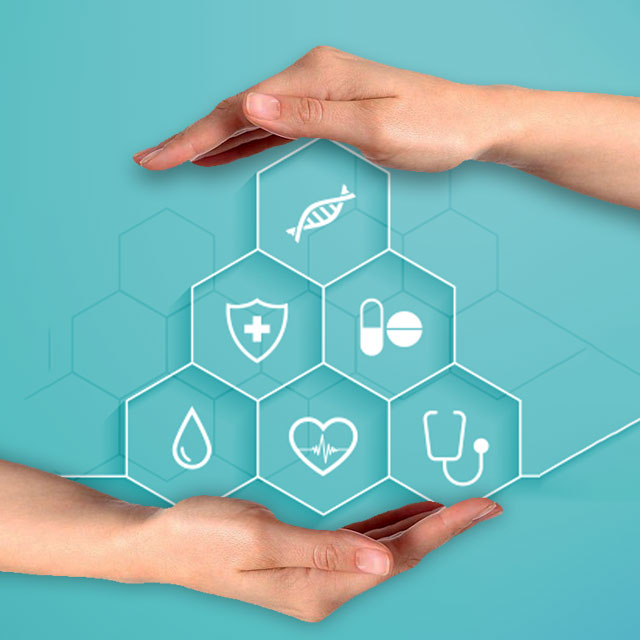Importance of Infographics in Healthcare
Shailly Dave

Importance of Infographics in Healthcare
How often did you find yourself reading flyers in the waiting room of your doctor’s office? You read the flyer and think, "Good to know that." many times, right?
Because of that simple habit, science communicators need to reflect and discuss more and more about the importance of infographics in healthcare.
The Most Powerful Tool
Infographics are one of the most powerful ways to communicate complex data, and they are an important tool in teaching, giving inspiration, presenting information, and doing business. We can define infographics in many ways, but one is as a visualization of data or ideas that try to convey complex information to an audience that can be quickly consumed and easily understood.
In healthcare, specifically, infographics have an important role in informing patients. Procedures and pathological conditions are just a few types of information that are communicated through infographics. Therefore, it is important to focus on the relevant facts in isolation, and unnecessary or distracting images should not be present in the final design. This will determine the success or failure of the infographic in communicating certain data or knowledge. Medical infographics must be designed in such a way that they simplify complex medical data into understandable information, thus making it easier for patients to assimilate
Why are infographics important to public health?
Infographics are powerful digital tools in healthcare that help patients understand information about specific diseases, procedures, and important topics in healthcare. In other words, infographics should be creative and made in a way that helps patients learn important information.
Creating impactful infographics is an educational experience for patients, enabling them to know a complex message in a way that enhances their comprehension.
Once patients understand that infographics are powerful digital tools that provide numerous insights into specific diseases, procedures, and latest healthcare topics, the exchange of information between clinicians and patients will be much more accurate and safe.
So, Infographics in healthcare must have the intent to translate complex healthcare information into simplified graphical snapshots that will leave the reader with a better understanding of how a disease can occur, be treated, and possibly, even prevented.
For example, visual aids such as infographics can help educate patients, their families, and others seeking cancer information. However, to ensure the integrity of graphics and text in the created informative designs, the design must maintain close contact with the doctors. Mutual interaction is key to successful illustrations that reveal aspects that words are unable to express in a single frame.
There is a reason why we can perceive images faster than writing, how the brain gets the information.
Our brain evaluates all of the information in the form of pictures but treats the text in a line. Now, thanks to infographics, getting information across is easier and more effective. Informational graphics have a stronger effect and show how two topics are related, such as graphic design and health.
